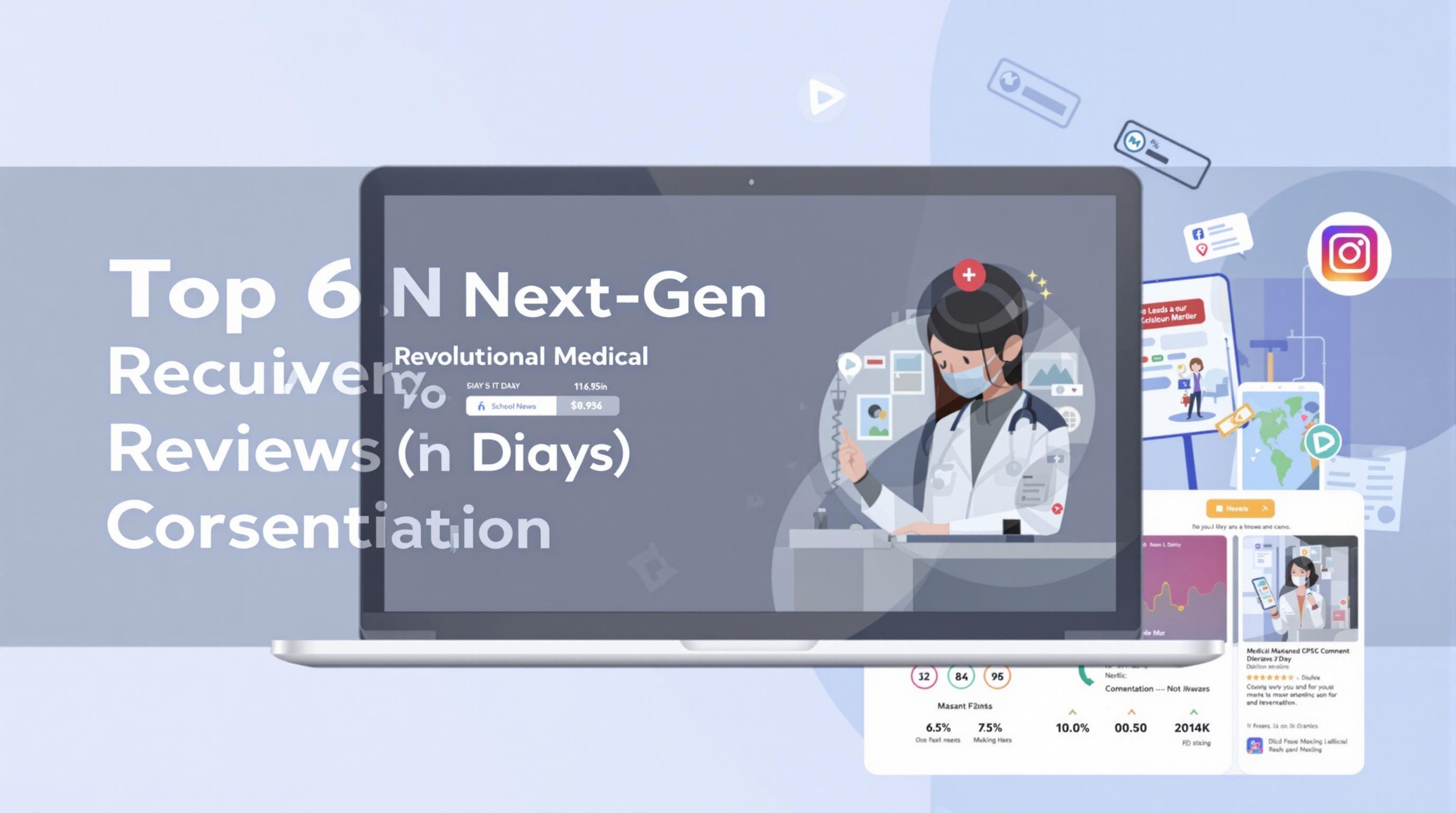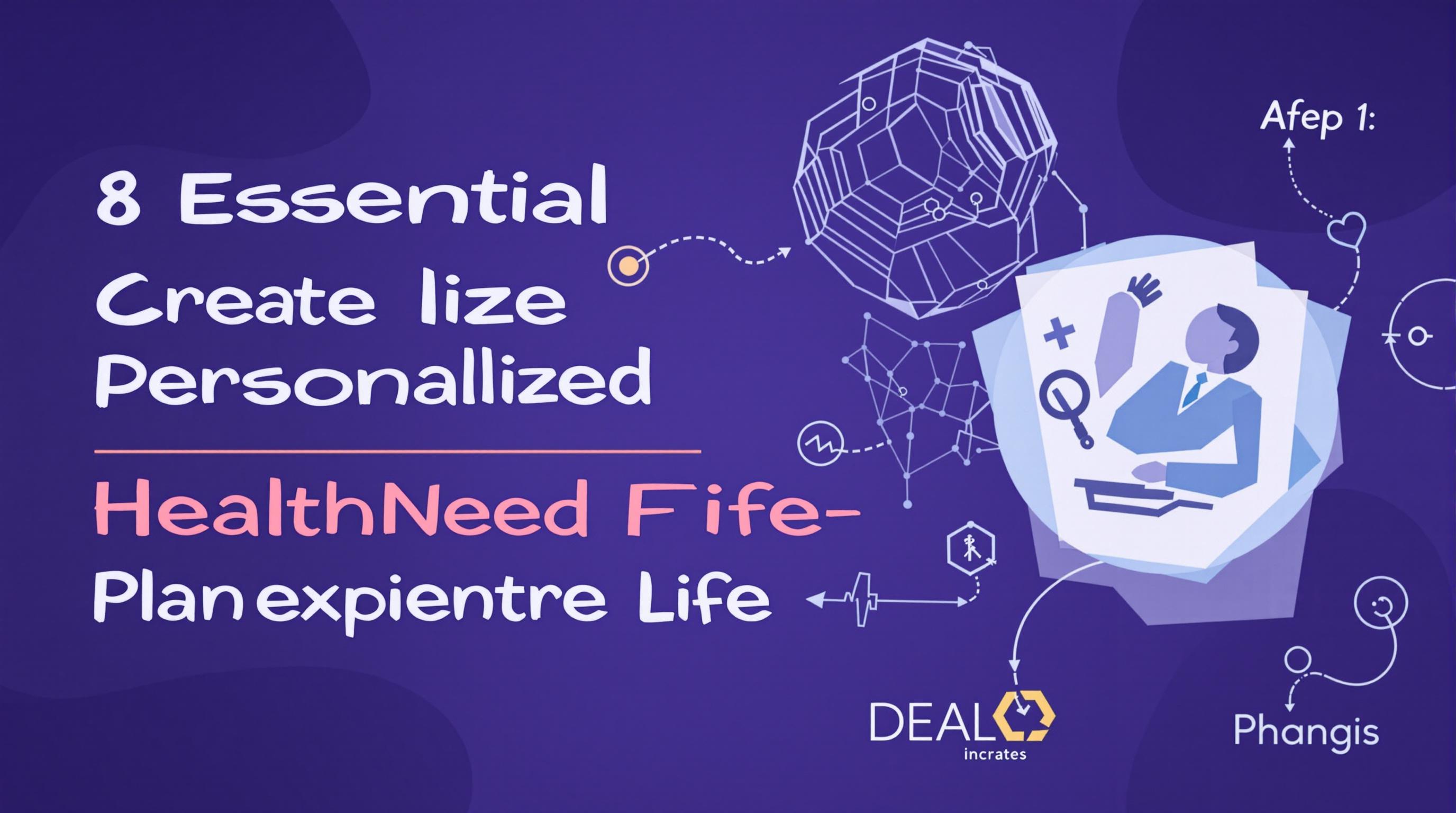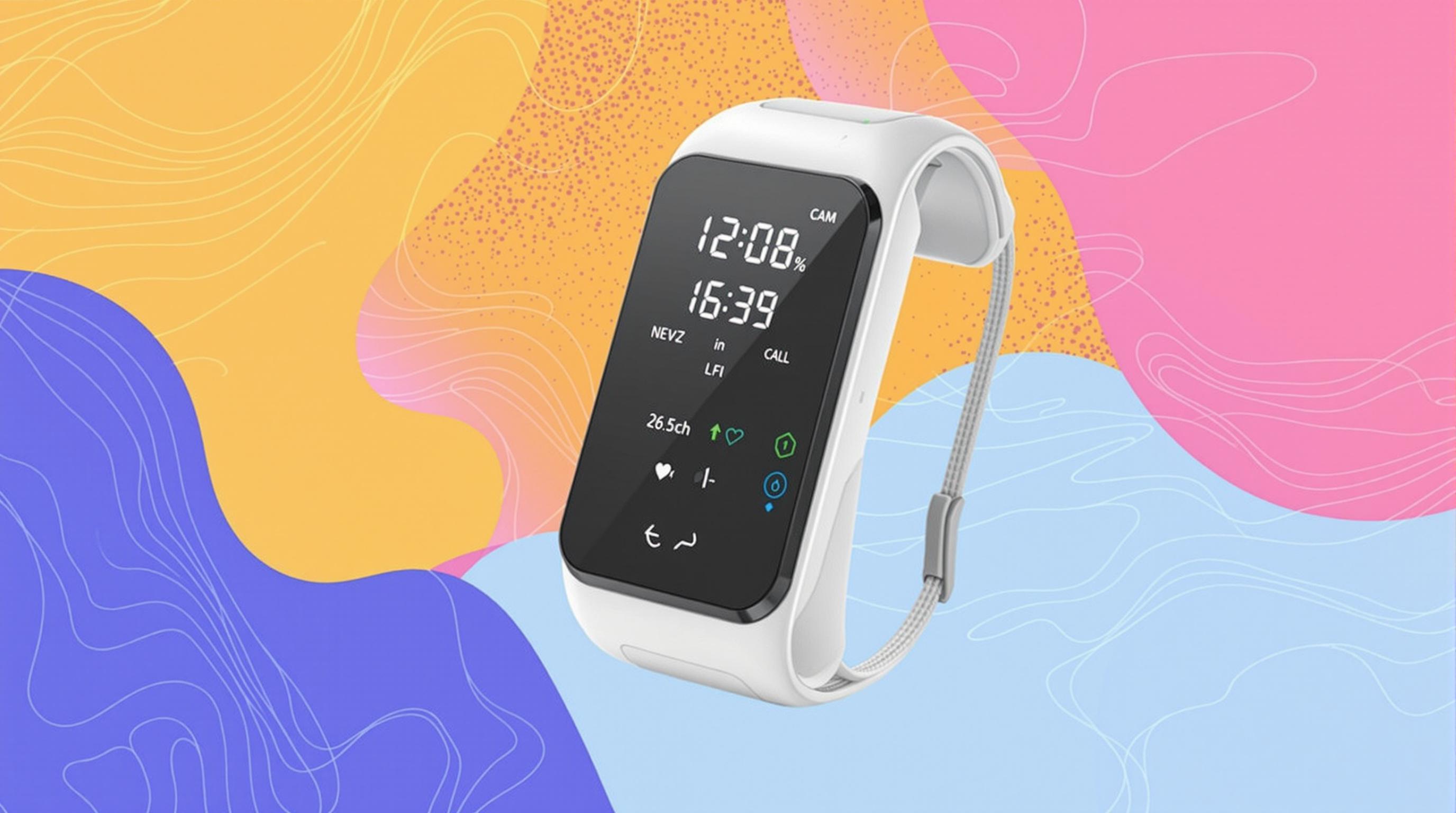Related Articles
- 5 Game-Changing Thematic ETFs Introduced Since 2019 That Are Redefining Global Market Strategies
- Unveiling Forgotten Revenue Streams: How Niche Collectibles Can Silently Boost Your Wealth Over Time
- Unlocking the Secrets: How Forgotten Heirlooms Can Reshape Your Legacy Beyond Traditional Wills
- 7 Emerging Global Investment Platforms Revolutionizing Portfolio Diversity Since 2019
- Unlocking the Role of Urban Gardens in Shaping Future Wellness Strategies Beyond Traditional Medicine
- 7 Emerging Digital Tools for Passive Income Planning Compared and Ranked for 2024 Success
Top 6 Next-Gen Tools Revolutionizing Medical Decision-Making Since 2019: In-Depth Reviews and Rankings
Top 6 Next-Gen Tools Revolutionizing Medical Decision-Making Since 2019: In-Depth Reviews and Rankings
Top 6 Next-Gen Tools Revolutionizing Medical Decision-Making Since 2019: In-Depth Reviews and Rankings
The landscape of medical decision-making has undergone profound transformation since 2019, driven by the advent of next-generation technologies. These tools leverage artificial intelligence, machine learning, and real-time data analysis to empower clinicians, optimize patient outcomes, and reduce diagnostic errors. This article offers an in-depth exploration of the top six tools currently at the vanguard of this revolution, discussing their features, advantages, and impact on healthcare delivery.
Our criteria for ranking these tools include innovation, clinical utility, integration capabilities, and user experience. Each tool has made a significant mark either through the scale of adoption or the novelty of its approach. We hope that this comprehensive review helps healthcare professionals, administrators, and technology enthusiasts understand which innovations merit attention in a rapidly evolving field.
By examining the strengths and challenges associated with each, we aim to paint a nuanced portrait of how technology is reshaping clinical decision-making. From AI-powered diagnostics to real-time predictive analytics, the following sections delve into the capabilities that set these platforms apart while providing comparative insights.
1. IBM Watson Health
IBM Watson Health has been a pioneering force in applying AI to medical decision-making. Since 2019, it has refined its algorithms to provide oncologists and radiologists with evidence-based insights that assist in diagnosis and personalized treatment planning.
Watson leverages massive datasets, including clinical notes, research literature, and patient records, to identify patterns that might elude human observation. Its natural language processing capabilities enable it to interpret complex clinical input, enhancing diagnostic accuracy.
Despite some criticism related to real-world deployment challenges, Watson Health remains an influential model for AI integration in healthcare, continuously evolving to accommodate new types of medical data and user feedback.
2. PathAI
PathAI is an AI-driven pathology platform that enhances diagnostic precision in histopathology. Through deep learning models, it assists pathologists in identifying cancerous tissues more rapidly and accurately, reducing both false negatives and false positives.
The platform’s continuous learning process allows it to adapt to diverse tissue samples and emerging pathology standards. This adaptability has fostered widespread adoption in both clinical and research settings.
By integrating seamlessly into lab workflows, PathAI reduces turnaround times and supports personalized oncology treatments. Its contribution to decision-making underscores the growing role of AI in diagnostic specialties.
3. Aidoc
Aidoc is an AI tool focusing on radiology, designed to provide emergency and acute care clinicians with rapid and accurate imaging analysis. Since 2019, its algorithms have expanded to cover stroke, pulmonary embolism, and intracranial hemorrhage detection among other critical conditions.
The system integrates directly with existing PACS (Picture Archiving and Communication Systems), allowing for real-time alerts that prioritize urgent cases. This capability helps mitigate delays in diagnosis, significantly impacting patient outcomes in time-sensitive emergencies.
Aidoc’s regulatory approvals and partnerships with major health systems globally attest to its clinical value. It exemplifies how AI can augment human expertise without replacing the crucial interpretive role of physicians.
4. Tempus
Tempus employs AI and machine learning to facilitate precision medicine, combining clinical data with molecular sequencing to tailor cancer therapies. Launched in its current form post-2019, the platform excels in transforming complex genomic data into actionable insights.
By collating vast amounts of patient data, Tempus assists oncologists in identifying the most effective treatment protocols, often uncovering options that traditional methods might miss. Its dynamic knowledge base is continually updated with new clinical trials and research findings.
Tempus supports multidisciplinary collaboration, enabling data sharing between clinicians, researchers, and pharmaceutical companies. This integration accelerates innovation and personalized care in oncology.
5. Clinical Decision Support by UpToDate (Wolters Kluwer)
UpToDate’s Clinical Decision Support system has enhanced its AI-driven functionalities since 2019, offering clinicians evidence-based recommendations across a broad spectrum of diseases. The platform draws on an extensive repository of medical literature maintained and curated by experts worldwide.
Its intelligent search algorithms deliver concise, patient-specific answers that facilitate rapid clinical decisions in complex scenarios. Constant updates ensure that recommendations reflect the latest guidelines and emerging evidence.
Trusted by millions of healthcare providers, UpToDate’s integration into electronic health records improves accessibility and streamlines workflow, making it a staple in hospital-based decision support.
6. Zebra Medical Vision
Zebra Medical Vision utilizes AI algorithms to analyze medical imaging data for a wide range of conditions, including cardiovascular diseases and musculoskeletal disorders. Since 2019, the platform has expanded its offerings and regulatory clearances, underscoring its growing influence.
The system provides automated readings that reduce diagnostic workload and improve accuracy. Its cloud-based nature allows for scalable deployment even in resource-limited settings, broadening access to expert-level imaging diagnostics.
Zebra’s focus on interpretability ensures that clinicians can understand and verify AI-generated results, fostering trust and ease of adoption. Its successful collaborations with imaging device manufacturers further enhance its utility.
Conclusion
The past few years have witnessed remarkable strides in tools that support medical decision-making, fundamentally improving the quality and speed of healthcare delivery. IBM Watson Health, PathAI, Aidoc, Tempus, UpToDate, and Zebra Medical Vision each bring unique strengths to the table, powered by advances in AI and data analytics.
While challenges remain, including data privacy, integration hurdles, and the need for rigorous validation, these platforms exemplify how technology can complement clinical expertise. Their continued evolution promises even more sophisticated and patient-centric care models in the near future.
As healthcare professionals navigate these innovations, staying informed about emerging capabilities ensures that the benefits of next-generation tools are fully realized in improving patient outcomes and operational efficiencies.
Sources:
IBM Watson Health official website: https://www.ibm.com/watson-health
PathAI company overview: https://www.pathai.com/
Aidoc product information: https://www.aidoc.com/
Tempus research and technology: https://www.tempus.com/
Wolters Kluwer UpToDate: https://www.wolterskluwer.com/en/solutions/uptodate
Zebra Medical Vision: https://www.zebra-med.com/



